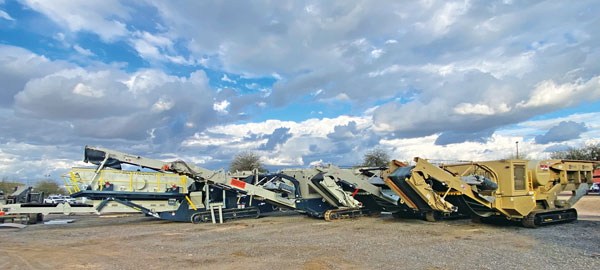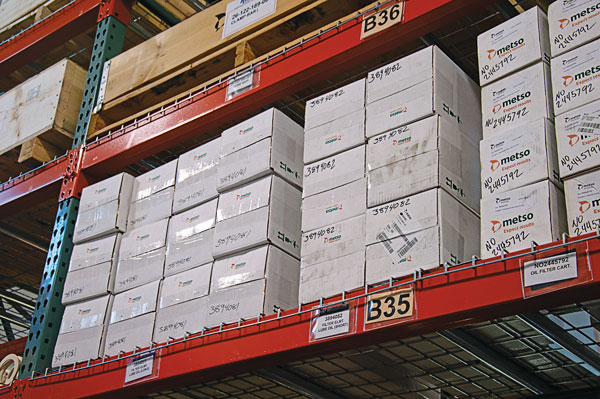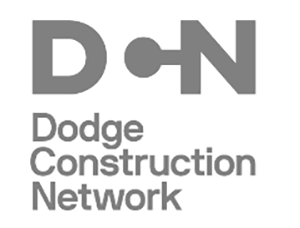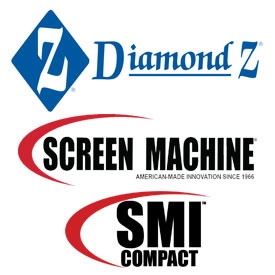
Not too long ago, an aggregate producer could call an equipment dealer, place an order for a piece of capital equipment and have it delivered within a couple of weeks.
Oh, how the times have changed.
“Those days are gone,” says Mike Murphy, president of ACS (Aggregate Crusher Specialists), an equipment dealer serving California, Nevada, Arizona, New Mexico and Hawaii.
The times have changed in yet other ways for dealers like Murphy.
“You have to floor plan more and put some equipment on financing that you normally didn’t have to do,” he says.
Pricing is a big change for everybody buying and selling equipment, as well.
“Rates have gone up a couple of points, so I think everybody watches their money a little bit closer as far as equipment, inventory, financing equipment [and] renting equipment,” Murphy says. “We have a rental department on some of our lines that we pretty much treat as a rent-to-own thing. But, because we are a family-owned company, I do personally watch what we have on capital equipment on order for stock.”
While today’s dealers are quickly moving equipment off their yards, the dynamics surrounding how they offload it are changing.
“Overall, the outlook is positive and demand continues to be high,” says Kirk Rainbolt, CEO of Kimball Equipment Co., an equipment dealer serving California, Nevada, Utah, Arizona, Idaho, Oregon and Washington. “But there is concern with the Federal Reserve policy and interest rates having an effect on customer financing and the customer’s ability to do business.”
Rental uptick

As Rainbolt describes, dealers must run their businesses in a manner that makes them comfortable. Dealers must take risks sometimes, but all dealers have to decide how much is enough.
The same logic, of course, applies to end users. Today, Rainbolt says more end users are looking to rent equipment to buy themselves wiggle room should economic circumstances call for it.
“Interest rates are going higher, and the banks are becoming more conservative,” Rainbolt says. “So, we’re seeing a demand out there for a longer-term RPO.”
Similarly, Murphy says ACS is seeing more interest in equipment rentals.
“We just did four drills and we did one last year,” he says. “All of them are fairly long term. The comment I’m getting is: ‘We know we’re good for this year, and we’ll either keep renting it or we’ll purchase it at the end of the year depending on how things are. If things look really bad, we have an out option.’”
Rainbolt, for one, sees at least one downside to RPOs.
“They’re a necessary part of the business to get machines populated,” he says. “But, at the same time, your ability to do business in the future will be impacted long term. The more capital you finance reduces your buying power in the future.”
Pricing dynamics
Although the Fed raised interest rates 10 times during a 14-month stretch spanning March 2022 to May 2023, one dynamic tied to equipment has stabilized somewhat within this calendar year: pricing.
Equipment and raw material price increases were experienced more frequently in 2021 and 2022, according to Murphy. But price increases are less frequent in 2023 – a welcome development for dealers given the volatility those price increases created in the years prior.
“I’ve been in this business 35 years,” Murphy says, “and it was always Jan. 1 that you pretty much got a letter from your suppliers saying they were having a 3, 4 or 5 percent cost-of-living increase. That would be good until Dec. 1.
“Then, in ‘21 and ‘22, we had some people who raised their prices four or five times a year as they tried to keep up with the raw supply fluctuation,” he adds. “That was very, very hard.”
Rainbolt agrees equipment pricing has stabilized.












